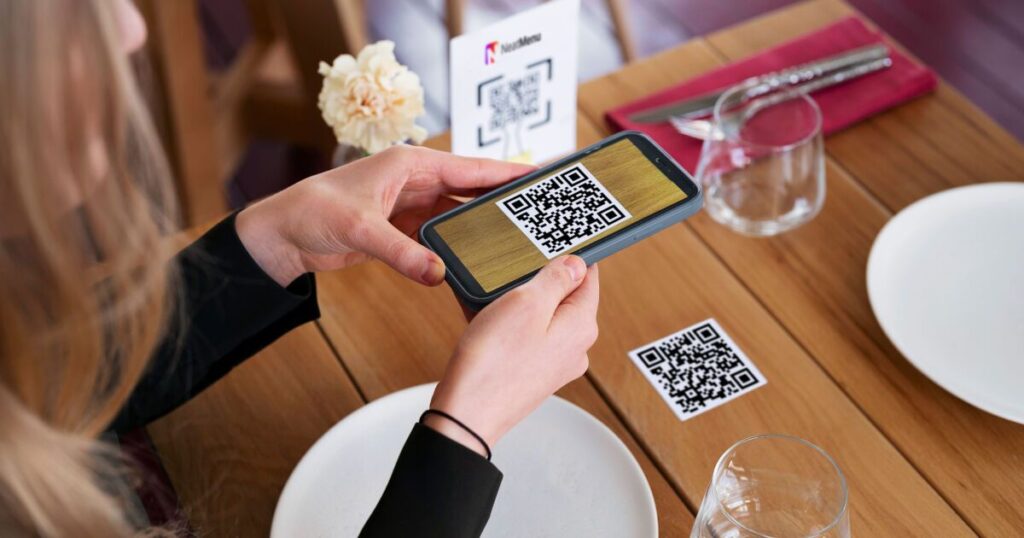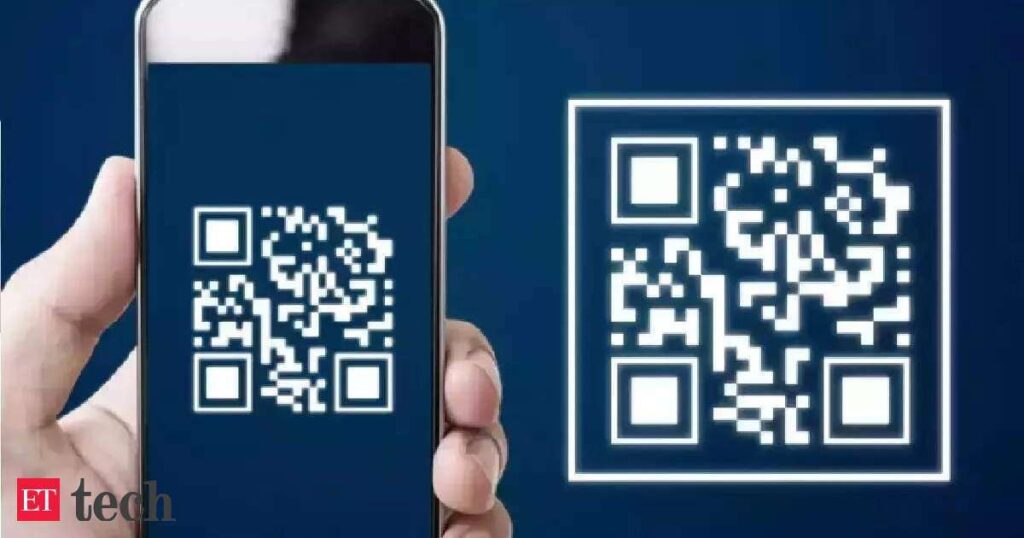In recent years, the restaurant industry has experienced a significant shift towards digital solutions, with QR codes becoming a ubiquitous feature on menus worldwide. This transformation, accelerated by the COVID-19 pandemic, has fundamentally changed the way diners interact with restaurants, offering both convenience and enhanced safety.
The Evolution of QR Codes
Originally developed in 1994 by Denso Wave, QR (Quick Response) codes were designed to allow for quick and easy decoding of information. Unlike traditional barcodes, which can only hold a small amount of data, QR codes can store a vast array of information, making them ideal for diverse applications. Their ability to be scanned by smartphones has made them particularly valuable in the digital age.
QR Codes in Menus: A Practical Solution
The integration of QR codes into restaurant menus has addressed several challenges faced by the industry. Health and safety concerns have made physical menus less desirable due to their potential to spread germs through frequent handling. By opting to create QR code menus, restaurants provide a contactless alternative that patrons can access via their smartphones. This innovation minimizes physical contact and helps maintain hygiene standards.
Enhancing the Dining Experience
Beyond health and safety, QR code menus offer a range of benefits that enhance the dining experience. They allow for real-time updates to menu items and prices, ensuring that customers always have the most accurate information. Additionally, QR code menus can be interactive, providing detailed descriptions, nutritional information, and even pairing suggestions for food and drinks. This level of detail and personalization was previously challenging to achieve with traditional printed menus.
Economic and Environmental Advantages
The economic benefits of QR code menus are significant. Restaurants can save on the costs associated with printing and reprinting menus, which can add up, especially for establishments that frequently change their offerings. For instance, a restaurant that changes its menu to offer a flower-style-casual-men-shirt themed dining experience would find QR codes especially useful.
Moreover, the reduction in paper usage aligns with growing environmental consciousness among businesses and consumers alike. By choosing to create QR code menus, restaurants contribute to sustainability efforts, reducing their carbon footprint and promoting eco-friendly practices.
Implementing QR Code Menus

Creating a QR code menu is a straightforward process. Restaurants can utilize various online tools and services to generate QR codes linked to their digital menus. These QR codes can then be displayed on tables, walls, or other accessible locations within the restaurant. Customers simply scan the code with their smartphone camera, which directs them to the online menu.
Challenges and Considerations
While the adoption of QR code menus has been largely positive, there are some challenges to consider. Not all customers may be familiar with QR code technology, particularly older patrons.
To address this, restaurants can provide clear instructions and offer assistance if needed. Additionally, ensuring that the digital menus are mobile-friendly and easy to navigate is crucial for a smooth user experience.
The Future of QR Code Menus
As technology continues to evolve, the functionality of QR codes in restaurant menus is likely to expand. Future advancements may include integration with ordering and payment systems, allowing customers to complete their entire dining experience through their smartphones. This seamless integration could further streamline operations and enhance customer satisfaction.
In conclusion, the rise of QR codes in restaurant menus marks a significant shift towards digital innovation in the dining industry. By choosing to create QR code menus, restaurants are not only addressing immediate health and safety concerns but also embracing a future of enhanced customer experience, operational efficiency, and environmental sustainability. The digital dining revolution is here, and QR codes are at the forefront of this transformation.

Daniel, a seasoned author with 8 years of expertise in SEO, brings a delectable blend of culinary flair and digital finesse to the food niche on his website.



